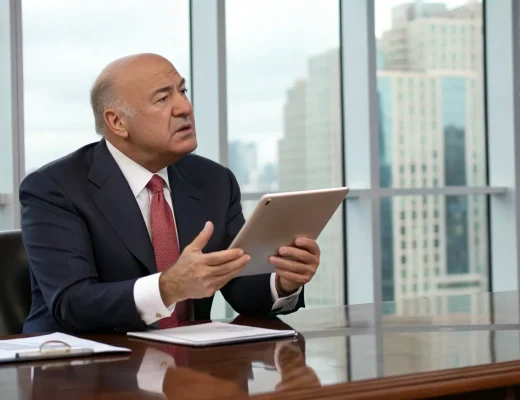President Donald Trump announced on Sunday that he will delay implementing a proposed 50% tariff on the European Union until July 9. This comes after U.S. stocks dropped on Friday due to fears about Trump’s tariff threats against the EU. However, the reaction was less severe than on previous occasions.
Trump also said that Apple will have to pay a tariff of 25% or more for iPhones made outside the U.S. This announcement came amid Friday’s news that Trump had approved the merger of U.S. Steel and Nippon Steel. The proposed 50% tariff on the European Union would impose significant duties on America’s ally if it happens. But Trump’s delay of the tariffs, after a call with the European Commission President, suggests the situation is still changing.
When news of the tariffs first came out, analysts were skeptical about how serious Trump’s statement was. They noted the President used the word “recommendation” to describe the proposed action. Trump has also taken back statements about import duties in the past.
Major U.S. and European stock indexes did not react strongly to the announcement. This indicates investors are starting to be more cautious about tariff-related announcements.
Trump postpones EU tariffs
Barclays said the high tariff proposal was mainly a “negotiating tactic” in a note on Friday. Despite this, markets fell last week. The S&P 500, Dow Jones Industrial Index, and Nasdaq Composite all lost over 2%.
This happened at the same time that Treasury yields rose. Trump said in a post that Apple would face a 25% tariff for iPhones made outside the U.S. Wall Street analysts estimate that moving iPhone production to the U.S. would significantly raise the cost of the smartphones. On the merger front, Trump posted on Friday that the U.S. Steel and Nippon Steel deal would “create at least 70,000 jobs and add $14 billion to the U.S. economy.” The merger approval came after former President Joe Biden blocked Nippon Steel’s $14.9 billion bid for U.S. Steel earlier this year.
Shares of U.S. Steel jumped 21.2% on the news. This week, attention will also be on Nvidia’s first-quarter earnings announcement on Wednesday. Nvidia’s performance and insights from the U.S. personal consumption expenditure index for April are expected to show the broader impact of tariffs on consumer prices.
Lastly, several tech firms are using artificial intelligence to handle the complexities caused by the changing tariff landscape. These companies are using AI to map out global supply chains and understand the effects of reciprocal tariffs. This development shows how AI can be key in navigating the economic uncertainties caused by tariff changes.







